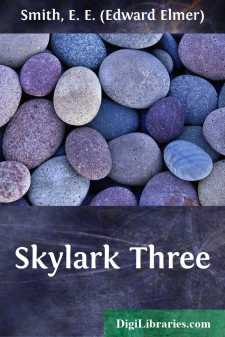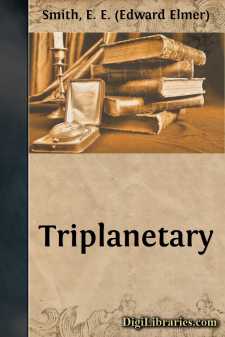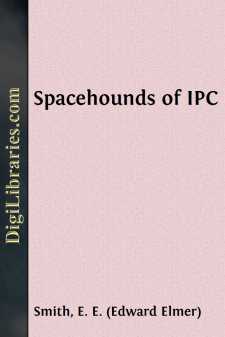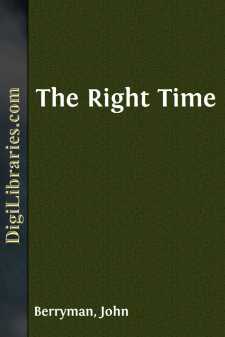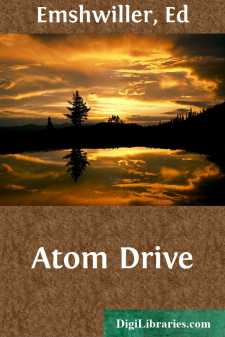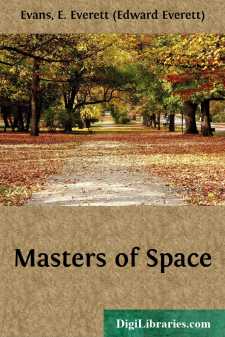Categories
- Antiques & Collectibles 13
- Architecture 36
- Art 48
- Bibles 22
- Biography & Autobiography 813
- Body, Mind & Spirit 142
- Business & Economics 28
- Children's Books 17
- Children's Fiction 14
- Computers 4
- Cooking 94
- Crafts & Hobbies 4
- Drama 346
- Education 46
- Family & Relationships 57
- Fiction 11829
- Games 19
- Gardening 17
- Health & Fitness 34
- History 1377
- House & Home 1
- Humor 147
- Juvenile Fiction 1873
- Juvenile Nonfiction 202
- Language Arts & Disciplines 88
- Law 16
- Literary Collections 686
- Literary Criticism 179
- Mathematics 13
- Medical 41
- Music 40
- Nature 179
- Non-Classifiable 1768
- Performing Arts 7
- Periodicals 1453
- Philosophy 64
- Photography 2
- Poetry 896
- Political Science 203
- Psychology 42
- Reference 154
- Religion 513
- Science 126
- Self-Help 84
- Social Science 81
- Sports & Recreation 34
- Study Aids 3
- Technology & Engineering 59
- Transportation 23
- Travel 463
- True Crime 29
The Vortex Blaster
Categories:
Description:
Excerpt
Safety devices that do not protect.
The "unsinkable" ships that, before the days of Bergenholm and of atomic and cosmic energy, sank into the waters of the earth.
More particularly, safety devices which, while protecting against one agent of destruction, attract magnet-like another and worse. Such as the armored cable within the walls of a wooden house. It protects the electrical conductors within against accidental external shorts; but, inadequately grounded as it must of necessity be, it may attract and upon occasion has attracted the stupendous force of lightning. Then, fused, volatilized, flaming incandescent throughout the length, breadth, and height of a dwelling, that dwelling's existence thereafter is to be measured in minutes.
Specifically, four lightning rods. The lightning rods protecting the chromium, glass, and plastic home of Neal Cloud. Those rods were adequately grounded, grounded with copper-silver cables the bigness of a strong man's arm; for Neal Cloud, atomic physicist, knew his lightning and he was taking no chances whatever with the safety of his lovely wife and their three wonderful kids.
He did not know, he did not even suspect, that under certain conditions of atmospheric potential and of ground-magnetic stress his perfectly designed lightning-rod system would become a super-powerful magnet for flying vortices of atomic disintegration.
And now Neal Cloud, atomic physicist, sat at his desk in a strained, dull apathy. His face was a yellowish-gray white, his tendoned hands gripped rigidly the arms of his chair. His eyes, hard and lifeless, stared unseeingly past the small, three-dimensional block portrait of all that had made life worth living.
For his guardian against lightning had been a vortex-magnet at the moment when a luckless wight had attempted to abate the nuisance of a "loose" atomic vortex. That wight died, of course—they almost always do—and the vortex, instead of being destroyed, was simply broken up into an indefinite number of widely-scattered new vortices. And one of these bits of furious, uncontrolled energy, resembling more nearly a handful of material rived from a sun than anything else with which ordinary man is familiar, darted toward and crashed downward to earth through Neal Cloud's new house.
That home did not burn; it simply exploded. Nothing of it, in it, or around it stood a chance, for in a fractional second of time the place where it had been was a crater of seething, boiling lava—a crater which filled the atmosphere to a height of miles with poisonous vapors; which flooded all circumambient space with lethal radiations.
Cosmically, the whole thing was infinitesimal. Ever since man learned how to liberate intra-atomic energy, the vortices of disintegration had been breaking out of control. Such accidents had been happening, were happening, and would continue indefinitely to happen. More than one world, perhaps, had been or would be consumed to the last gram by such loose atomic vortices. What of that? Of what real importance are a few grains of sand to an ocean beach five thousand miles long, a hundred miles wide, and ten miles deep...?



